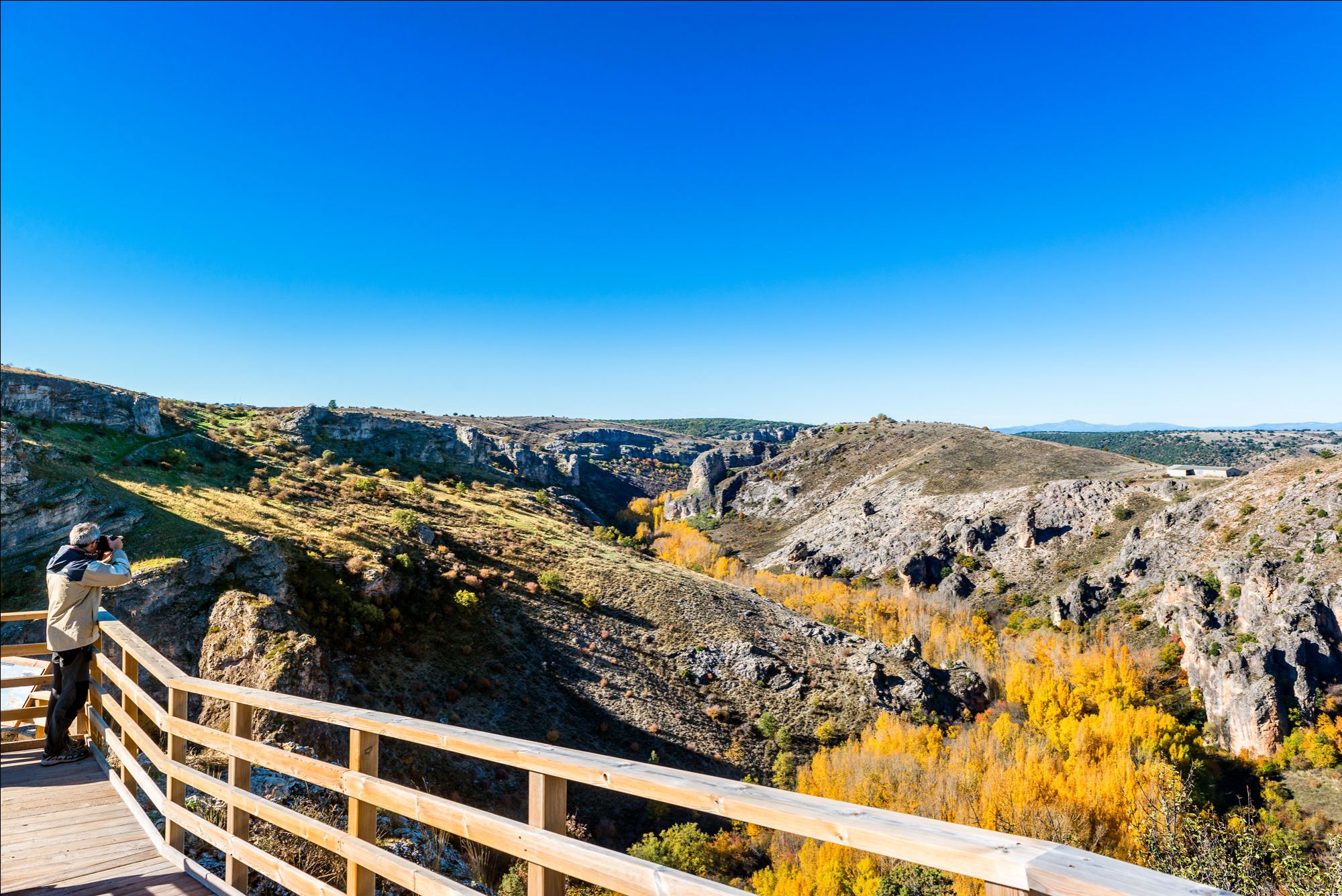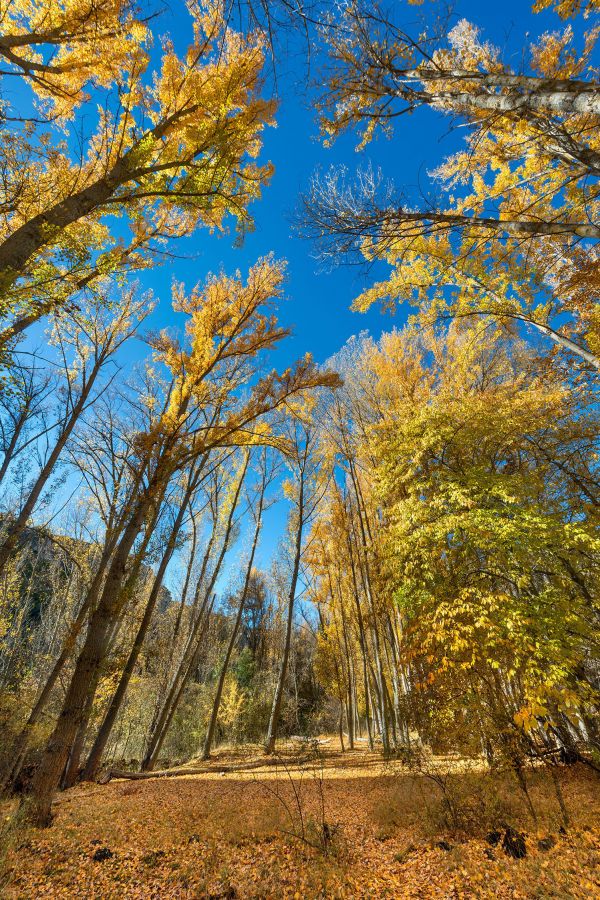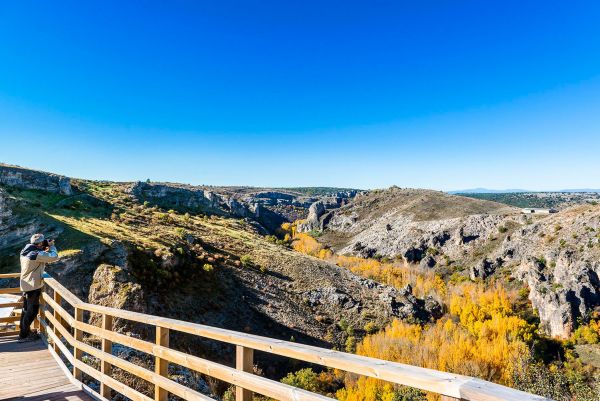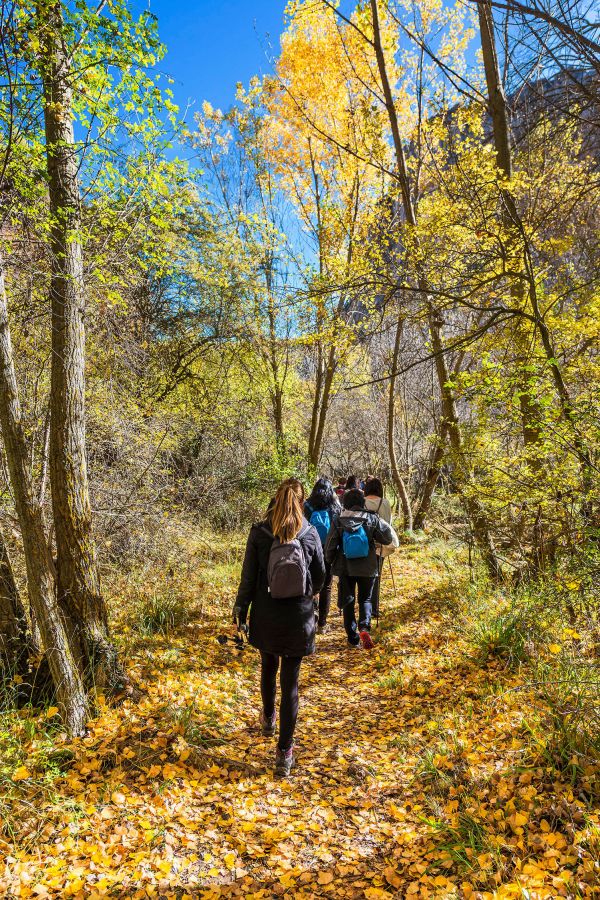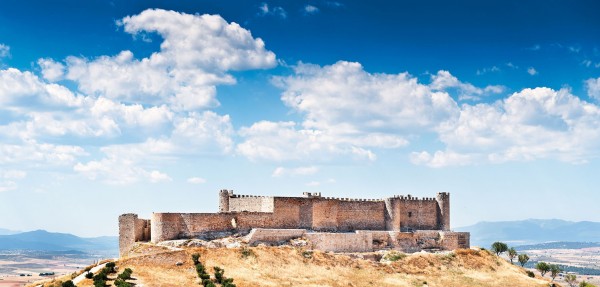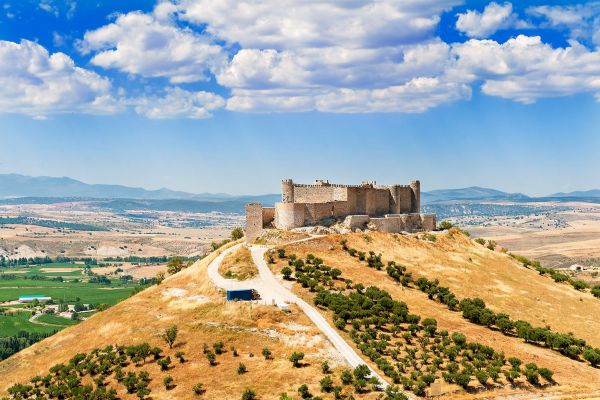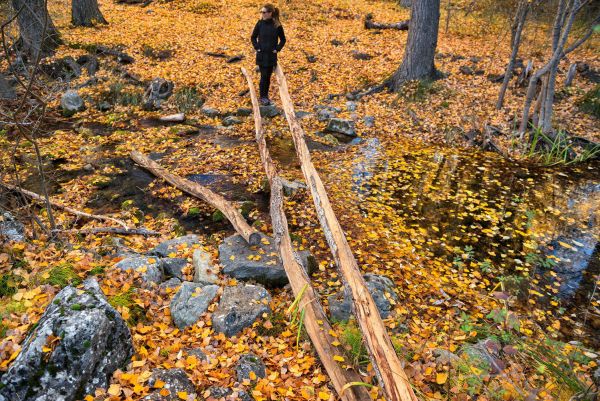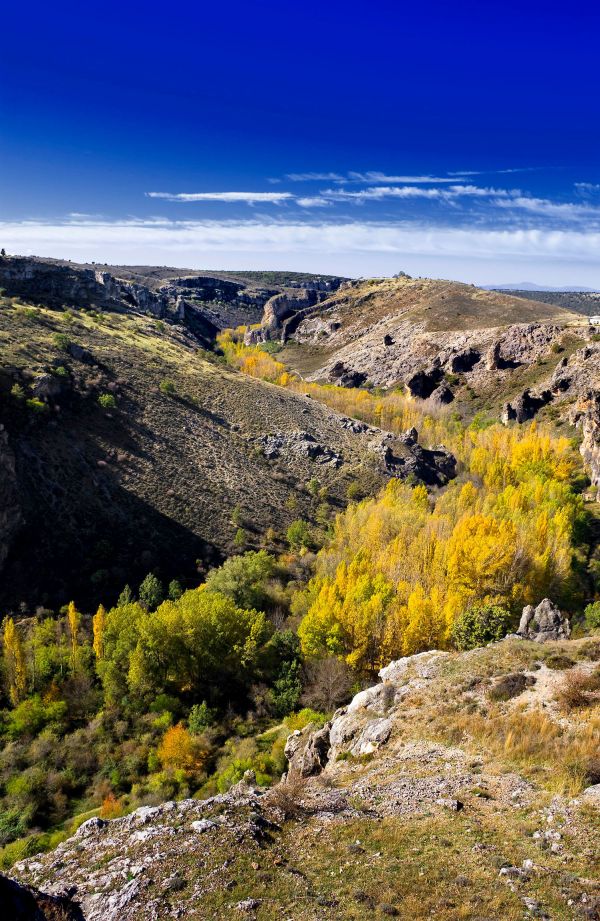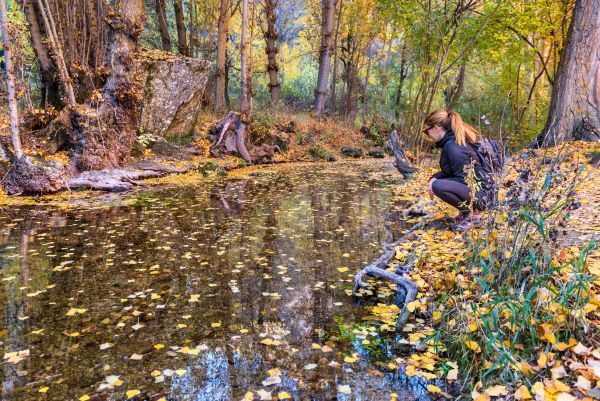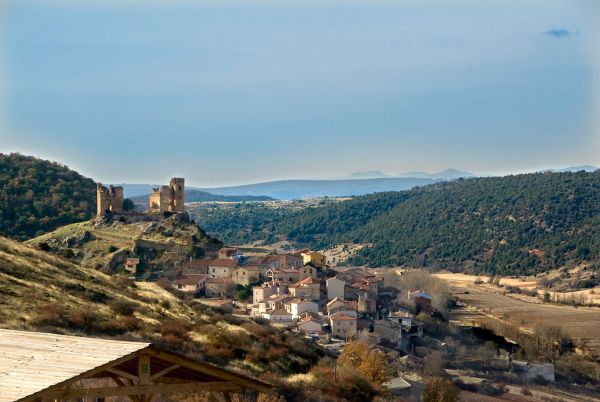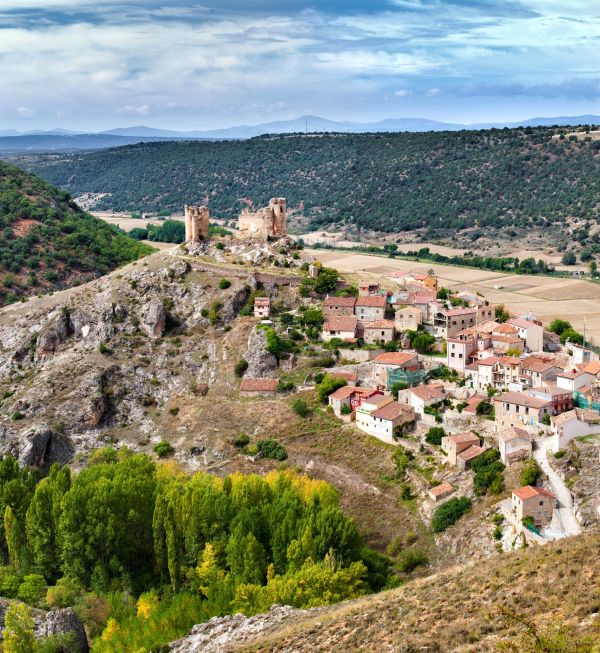Through the Río Dulce Ravine
Guadalajara
From the Cid castle to the Félix Rodríguez de la Fuente lookout point, the trip through the lands of Guadalajara brings two characters together who have marked a part of Spain’s history for very different reasons
Our journey begins in Jadraque (50 kilometres to the north of the provincial capital). The town is located next to the Henares river and a stroll through its alleyways reveals mansions, palaces, coats of arms, crests and chapels. The House of the Verdugo family is a highlight, which visitors must not miss, featuring the Saleta de Jovellanos, a room where the famous writer and misunderstood politician lived for months; he received Goya there, who may have painted the house’s murals. Other notable buildings include the Cadenas House, a Castilian-style palace, where Elisabeth Farnese hatched plans; and the Casona de San Juan, a mansion where Doña Joanna the Mad spent time on her trips between Castile and Aragón. On Calle San Juan, there are beautiful 16th and 17th century buildings.
Jadraque’s rich heritage is completed with the church of St. John the Baptist with influences from the 16th, 17th and 18th centuries, the chapel of the Holy Christ with a classical style, the convent of the Capuchins and the chapels of San Isidro and Cáritas.
After walking through the hamlet, we visit the hill located in the far north of the town with the magnificent Cid Castle at the summit. We are witnessing one of the last examples of a residential castle-palace built in Spain. One hundred metres in length, its first owner, who ordered the reform leading to its current appearance, was Rodrigo Díaz de Vivar y Mendoza, the count of Cid and first-born son of Cardenal Mendoza. The castle was a symbol to showcase the greatness of the Mendoza family and their claimed descent from El Cid Campeador.
We continue through the Henares valley to enter the Dulce River Ravine Natural Park, where, for millions of years, the waters eroded the limestone and excavated the current canyon, which can be seen through enchanted cities, caves or pit caves that we can see really clearly in the abandoned meander of La Cabrera. The result is an eye-catching relief, which is made up of broad, high moors, interrupted by the Dulce river canyon drop-off, and its tributaries, which lead to seasonal waterfalls.
The Dulce River Ravine Natural Park runs, in municipal terms, from Sigüenza (La Cabrera and Pelegrina), Mandayona (Aragosa), Saúca (Jodra del Pinar), Torremocha del Campo, Mirabueno and Algora.
In Madayona, the Park Interpretation Centre is open to visitors, which may be a good starting point for learning about this gem of nature in the Castilla-La Mancha area. To enjoy the Park in every sense, we recommend visiting the numerous routes -suitable for the general public- on foot or by mountain bike. On our trip, we’ll see forests of holm oaks, junipers, gall oaks; and riverbank vegetation with black poplars, ash trees, willows and birch. In the skies overhead, it’s easy to spot griffin vultures, golden eagles and peregrine falcons; and on the banks of the river, we may see majestic herons, mallards, colourful kingfishers or the amusing wagtail.
One of the park’s most spectacular corners is the Pelegrina Gorge, which leaves from the same town, and we can visit by walking a 4-kilometre route. Walking next to the river, before our eyes we see needles, towers, enchanted cities, stone arches and waterfalls. The route takes us past the hut belonging to Félix Rodríguez de la Fuente, the tireless Spanish nature presenter, who filmed some of his most famous chapters for the popular TV programme El hombre y la tierra here. The lookout point named after him on the road to Sigüenza is another place we recommend stopping at.
There’s also a route specially equipped for the blind, which leaves from the town of La Cabrera and goes along the right of the Dulce river downstream. Suitable for pushchairs in all sections.
All seasons are good times to visit these spots, although the forest colours in spring and autumn are particularly enchanting.
Our visit to the Dulce River Ravine ends with a trip to Pelegrina and the ruins of the castle that was mainly used as a residence and hunting ground for local archbishops. The route can also include a journey through the zone’s cultural heritage, with the old town of nearby Sigüenza being a highlight, or the Roman chapels dotted around charming small towns, although this is an option that deserves another visit in itself.
May also be of interest to you
Castilla-La Mancha Tourism in 2023. All rights reserved.
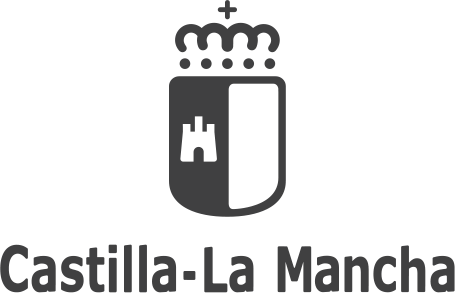
 365
365
